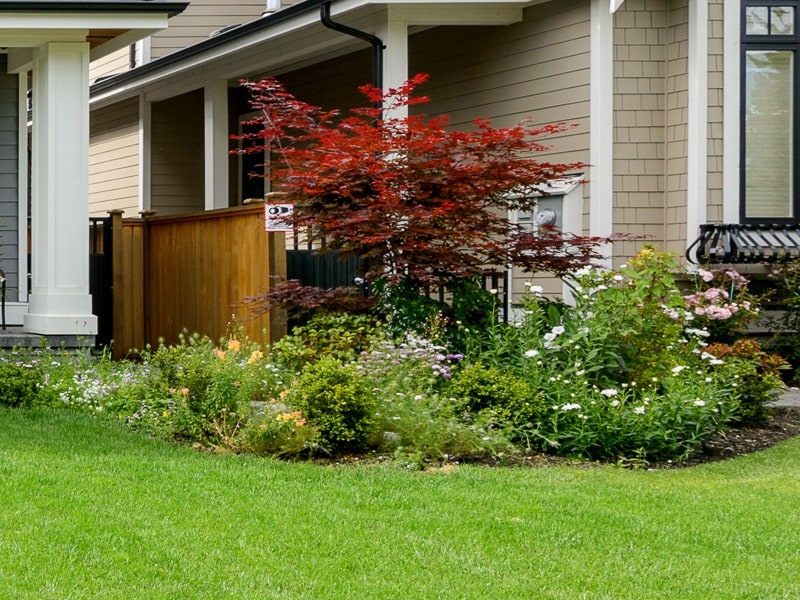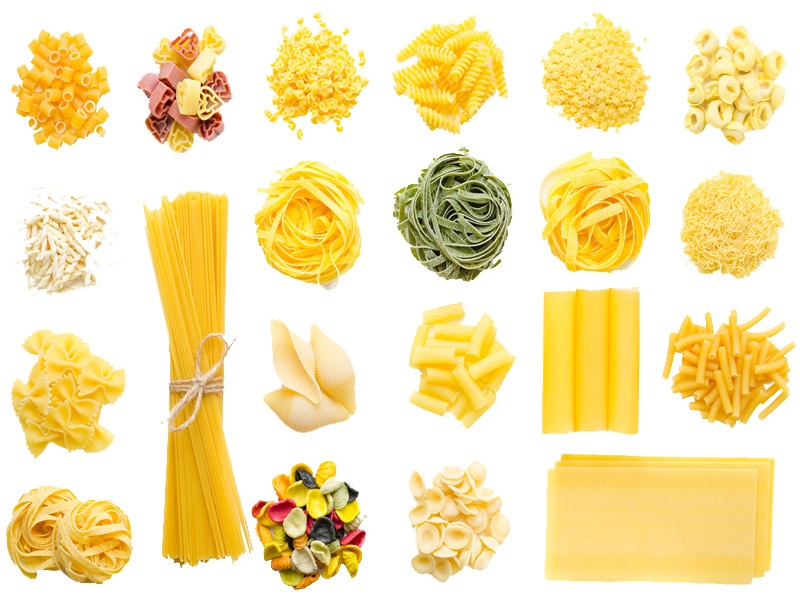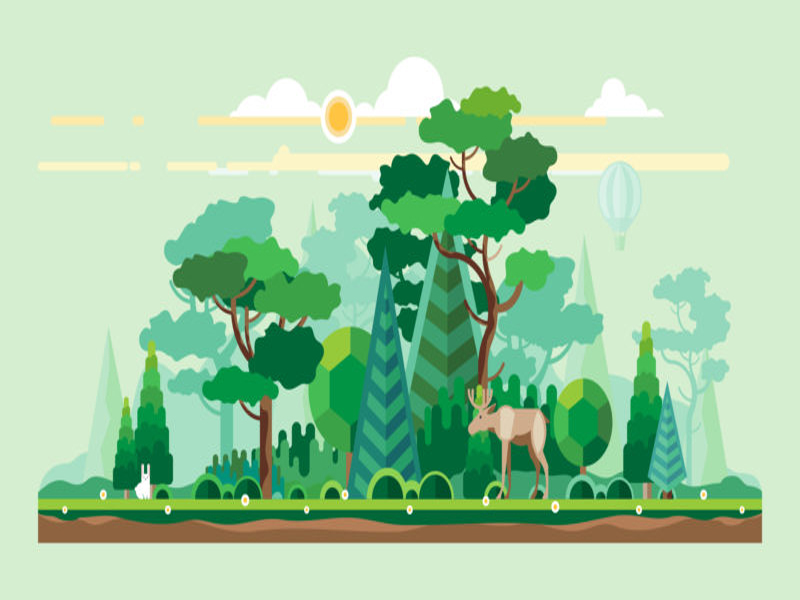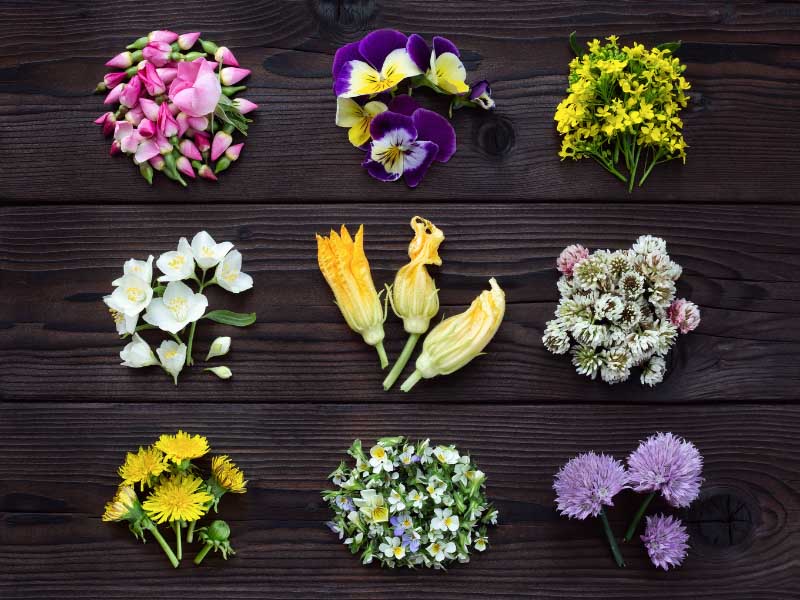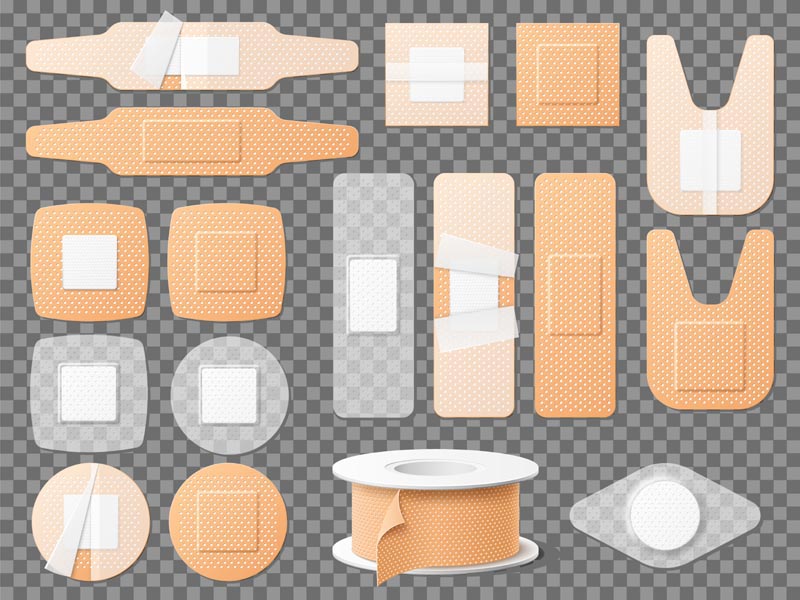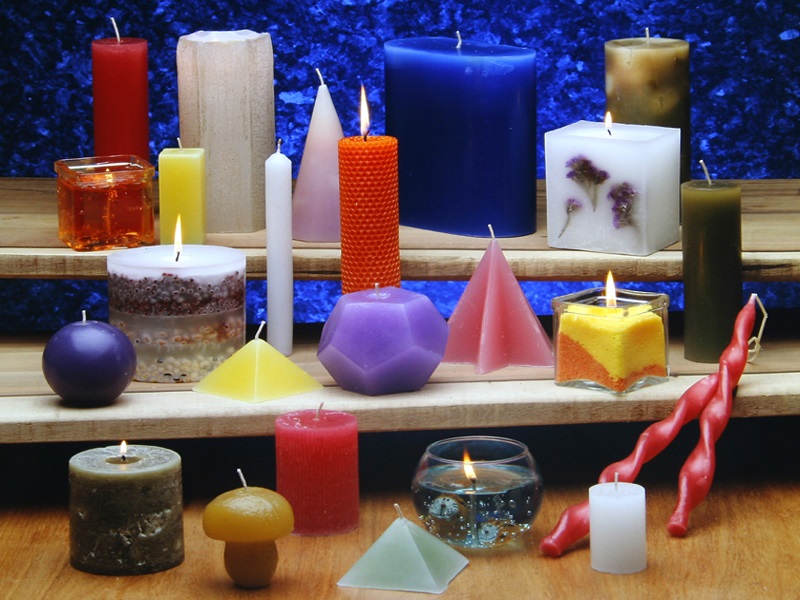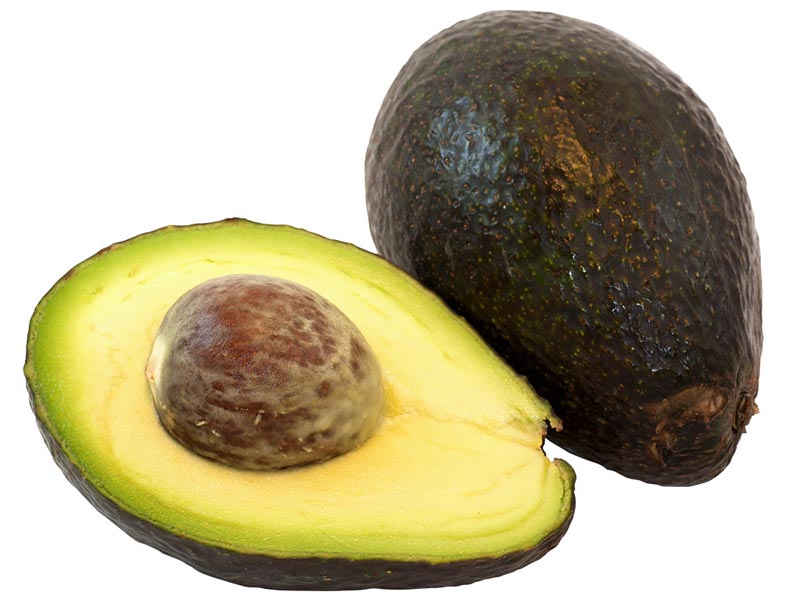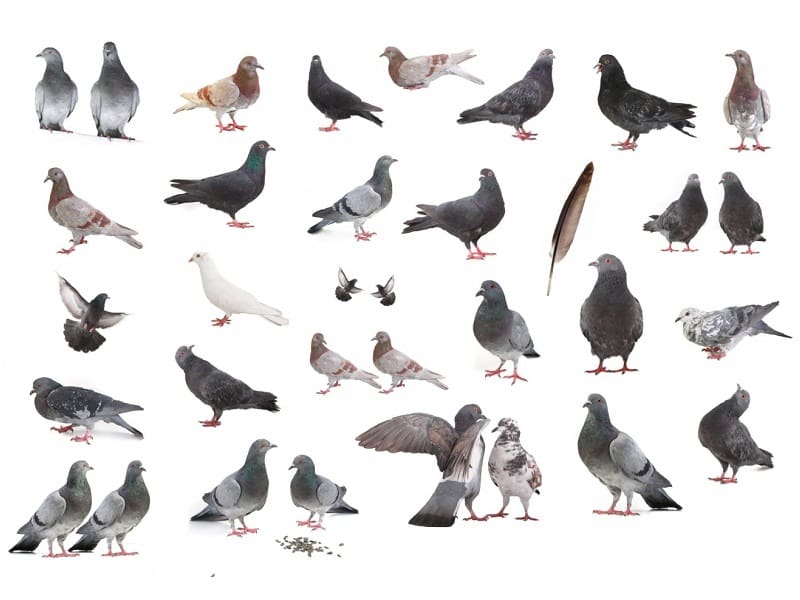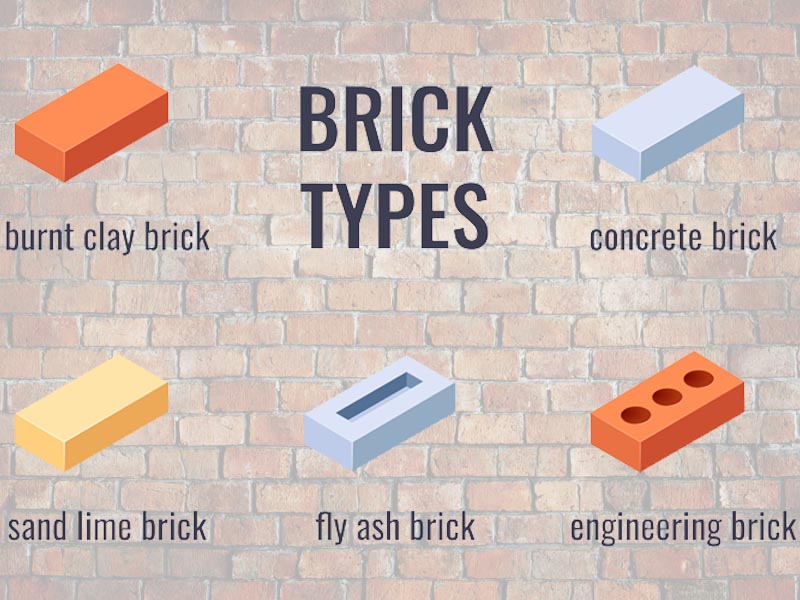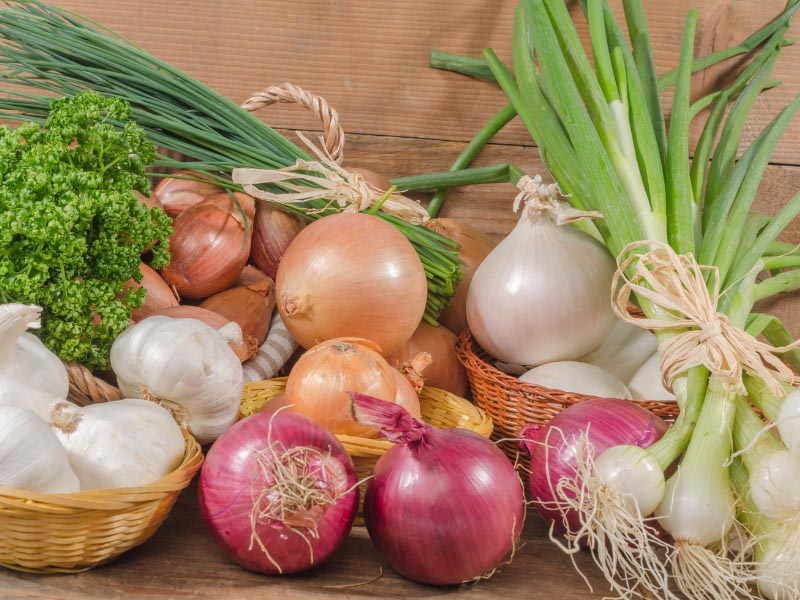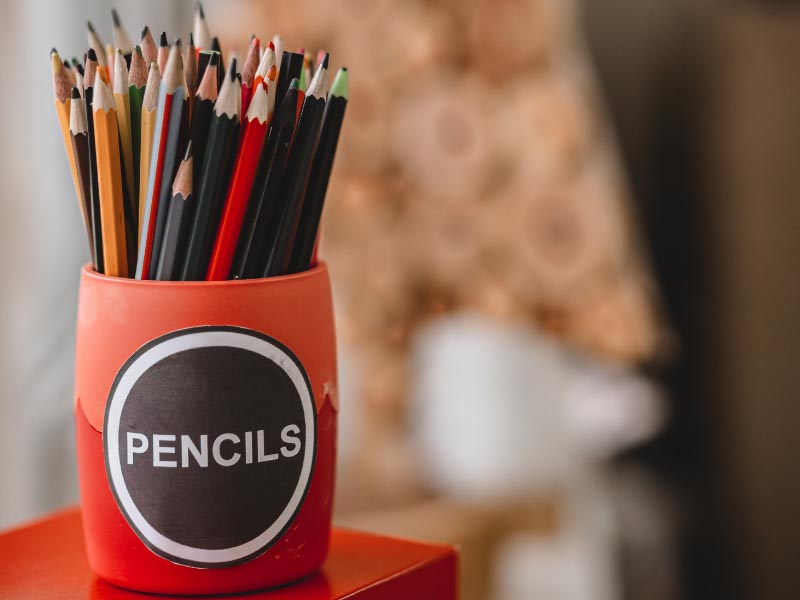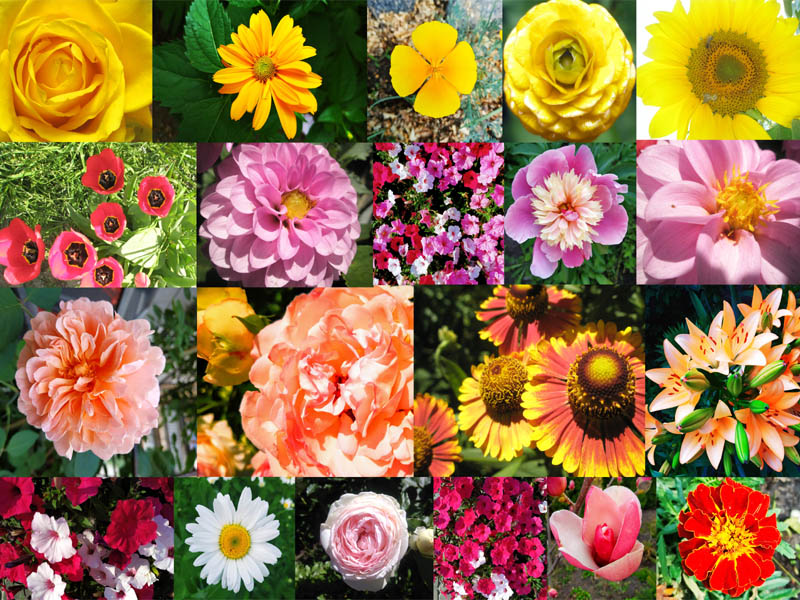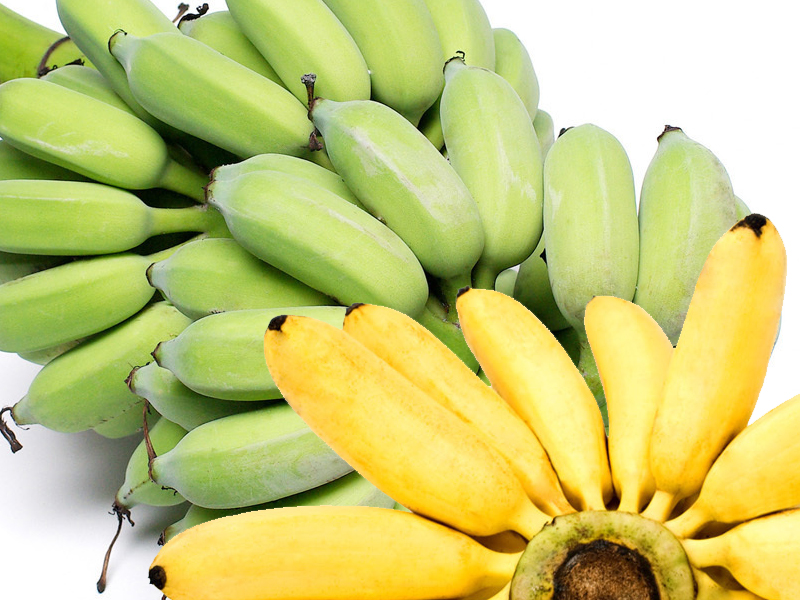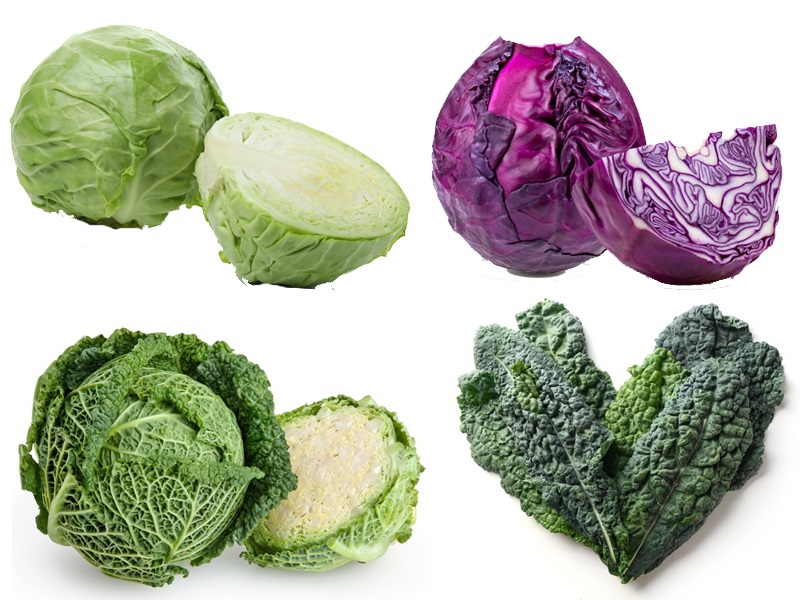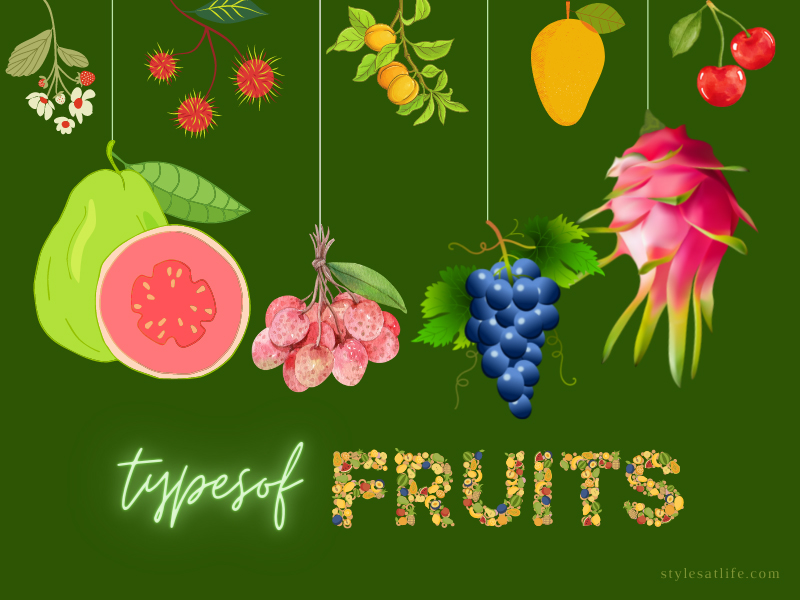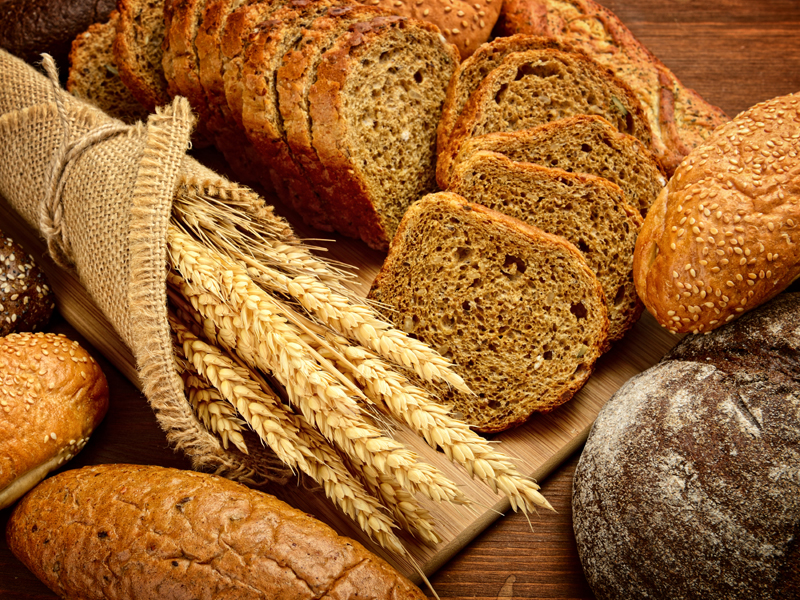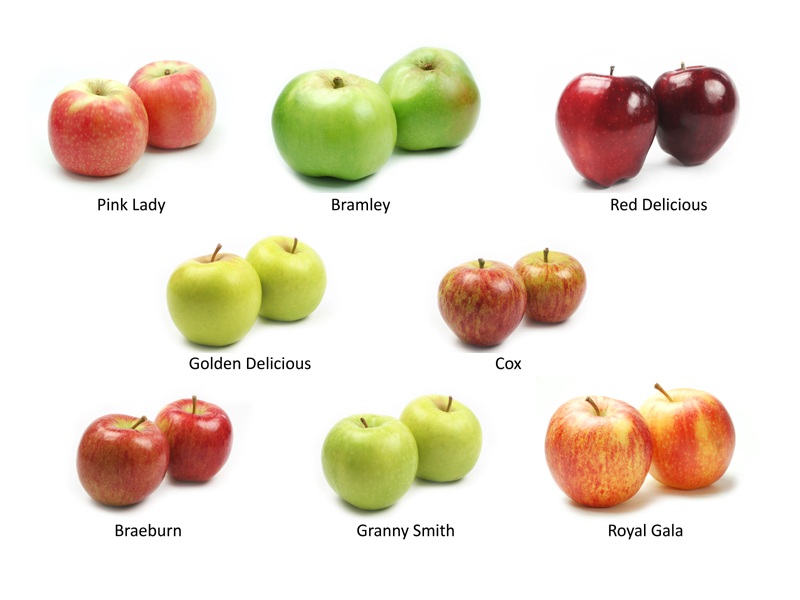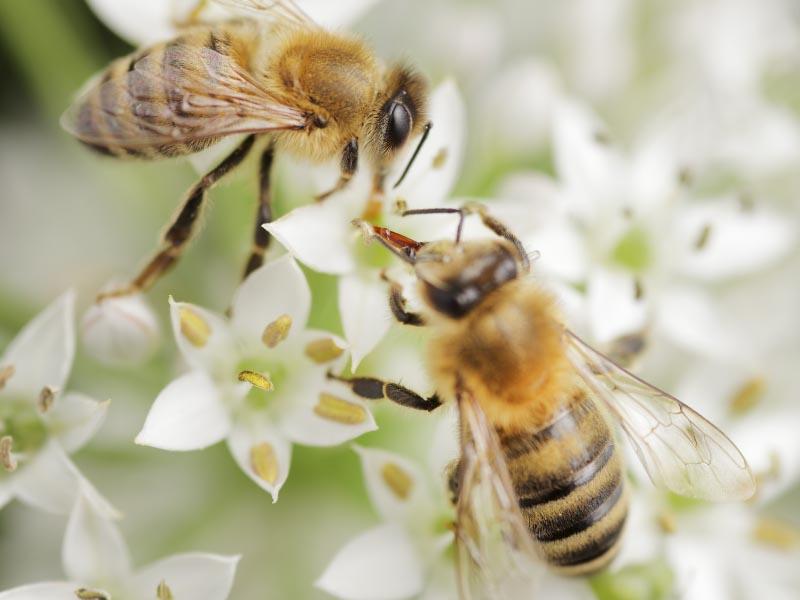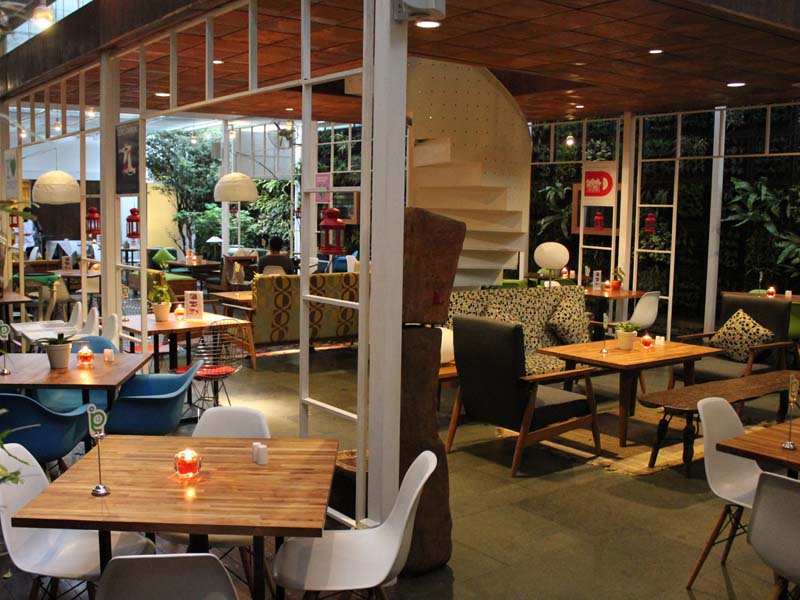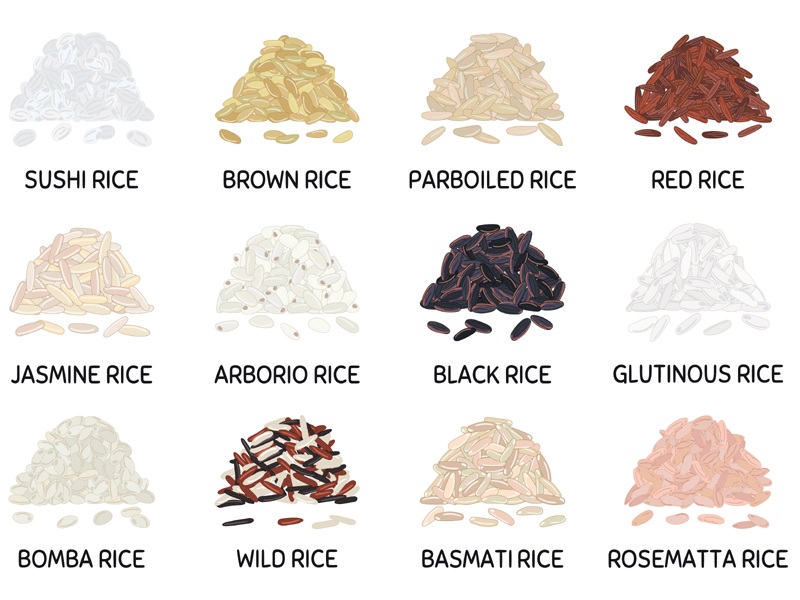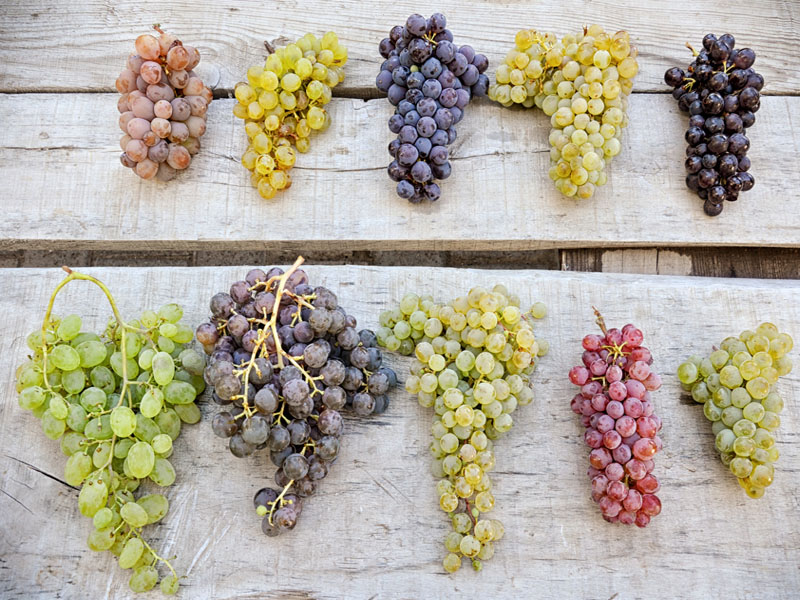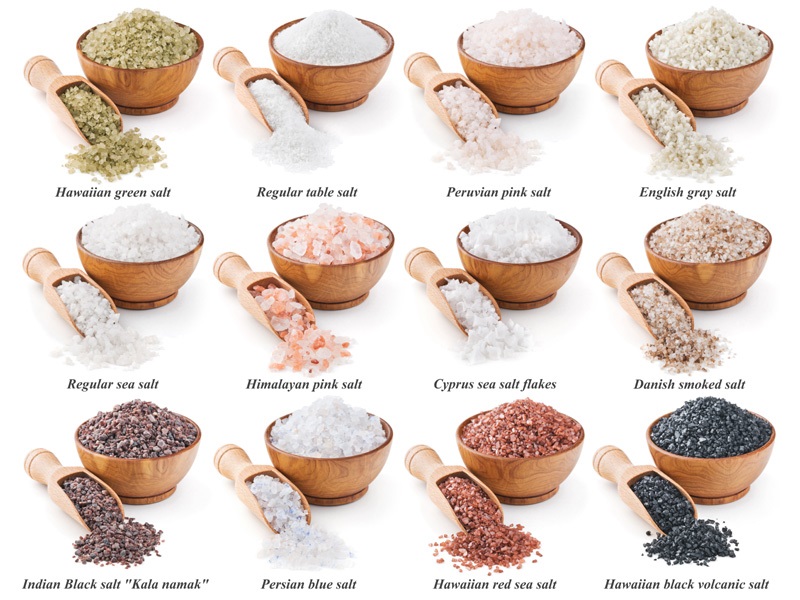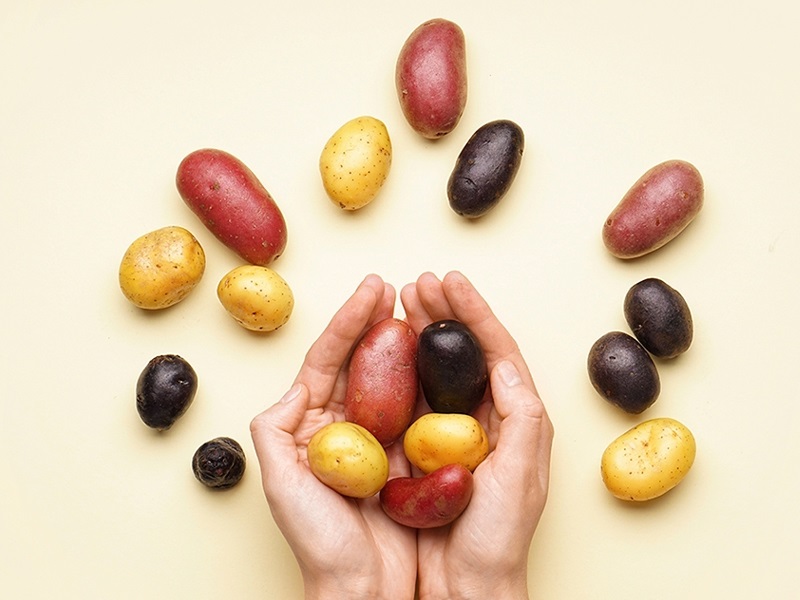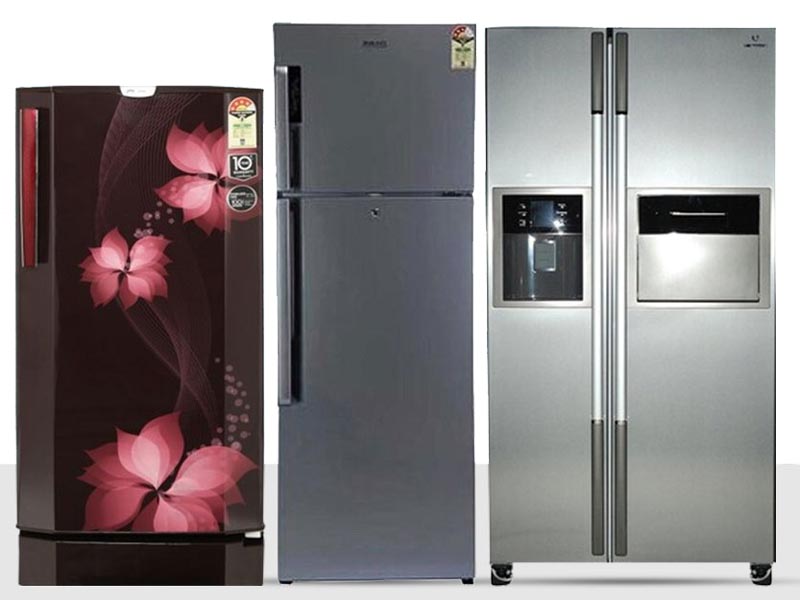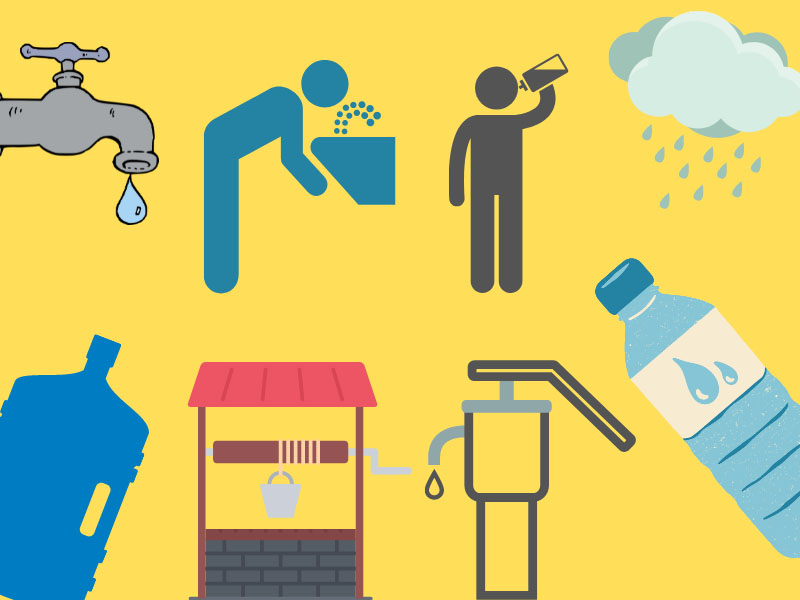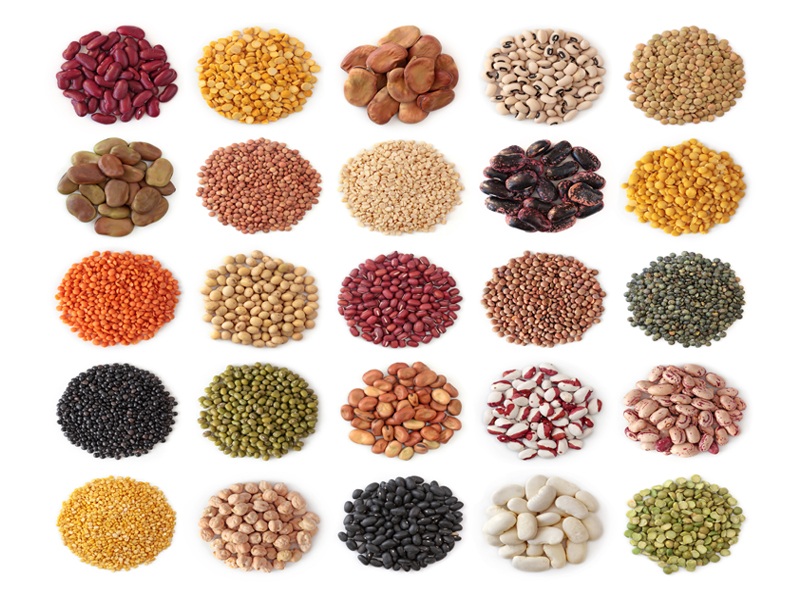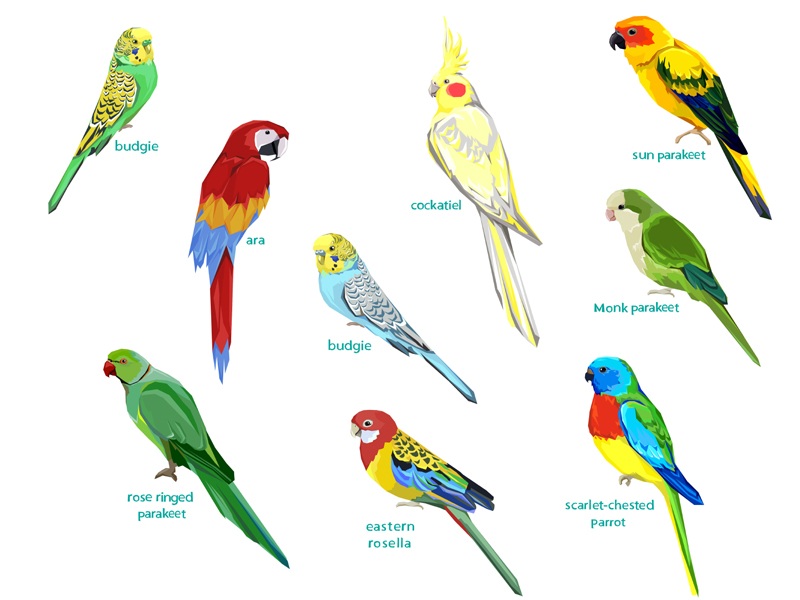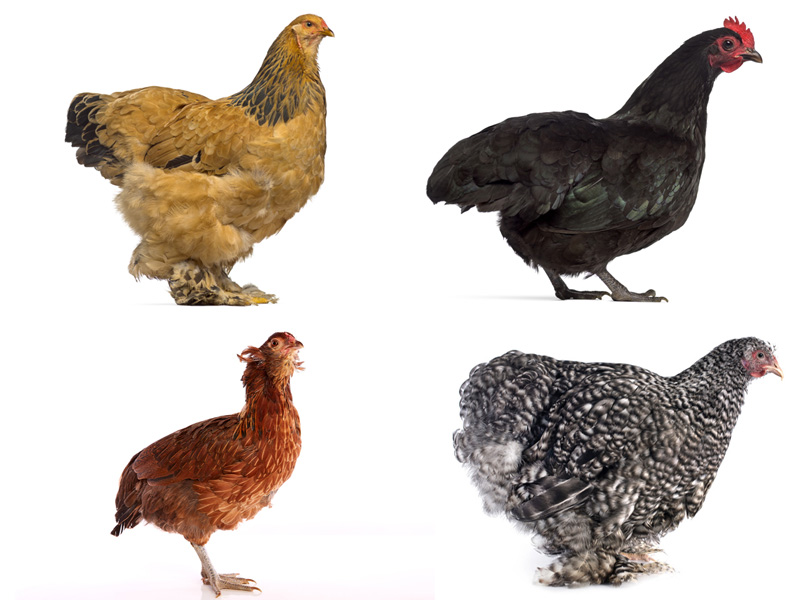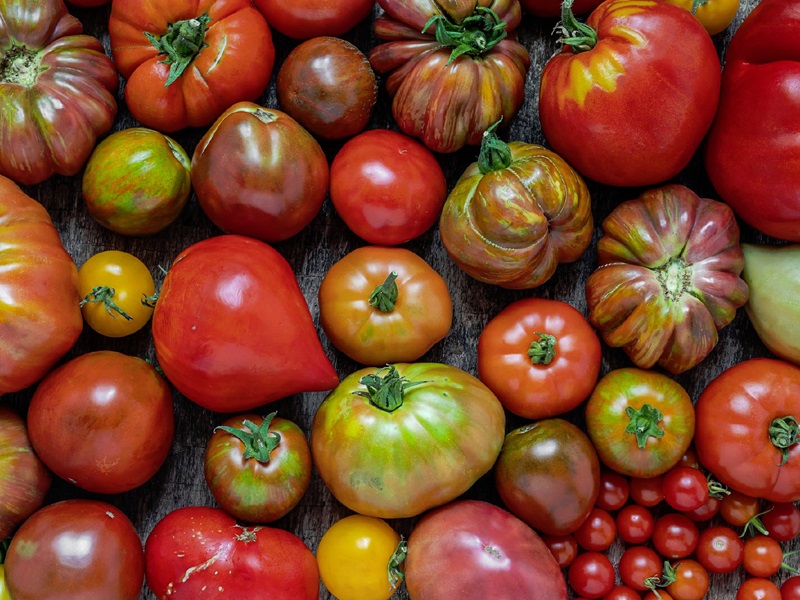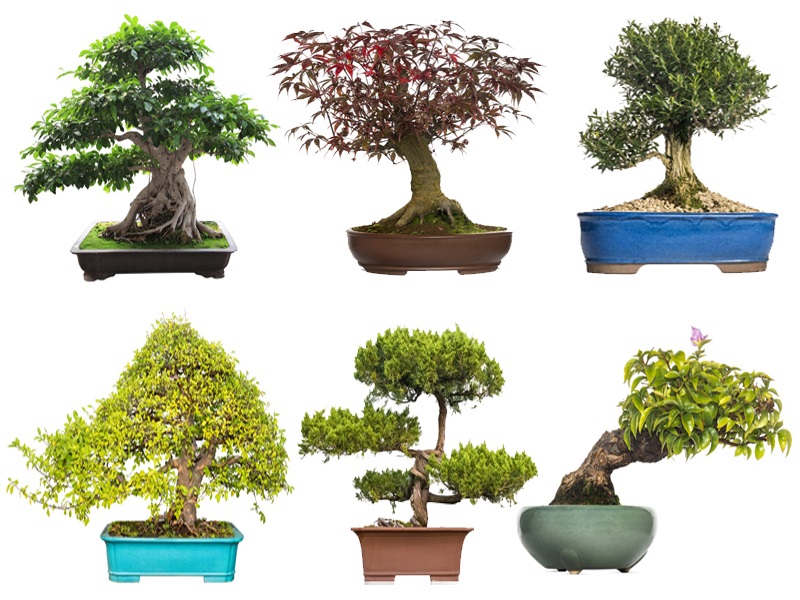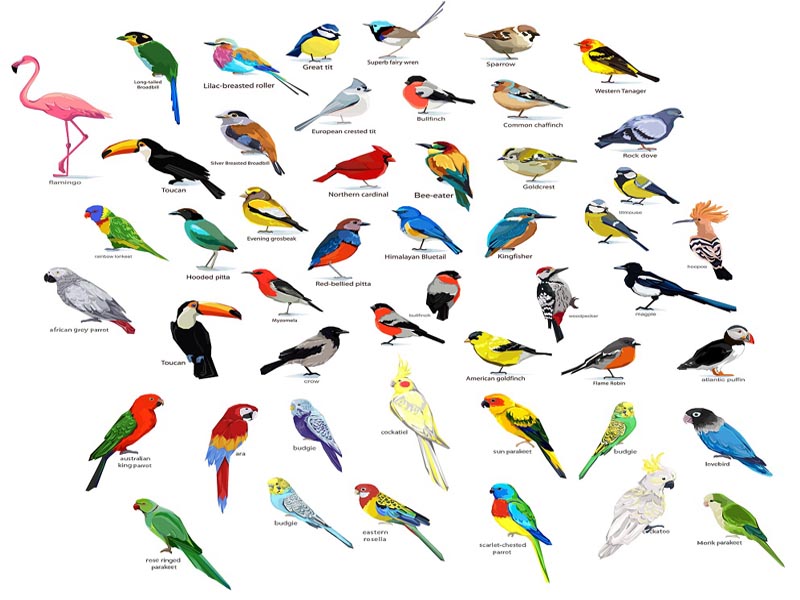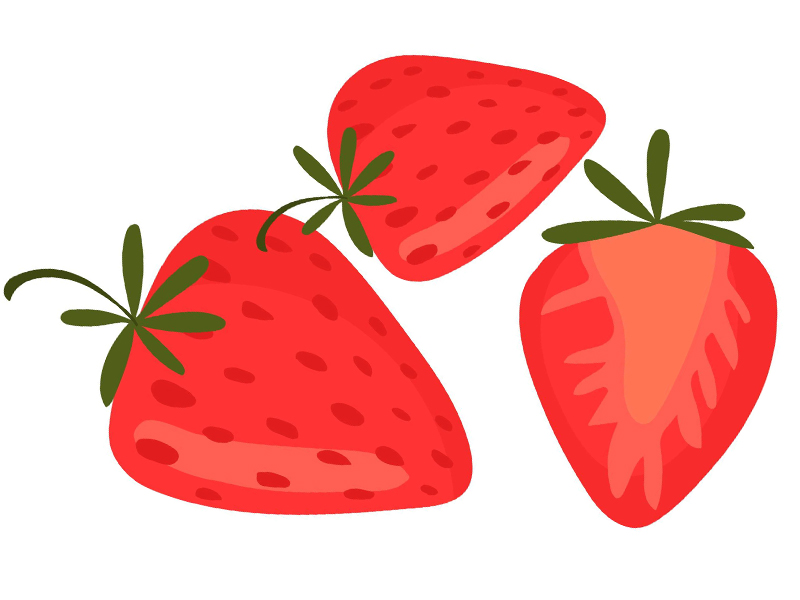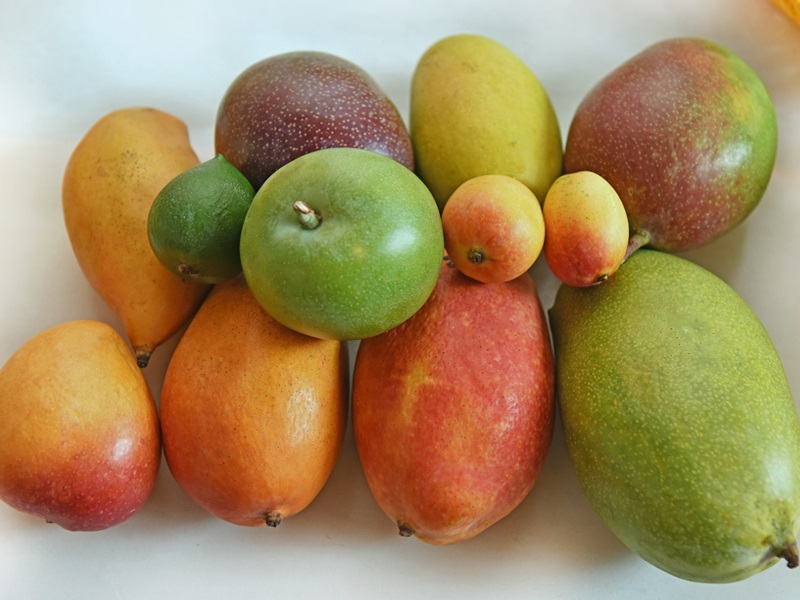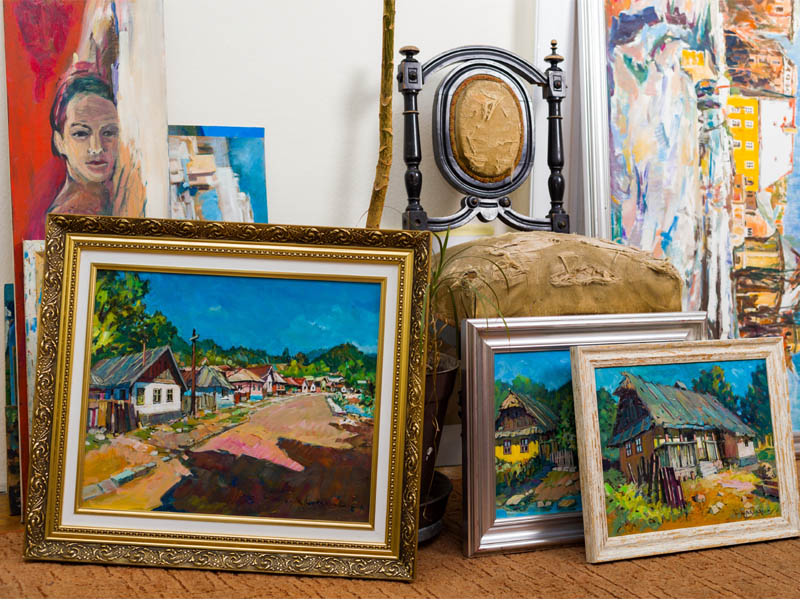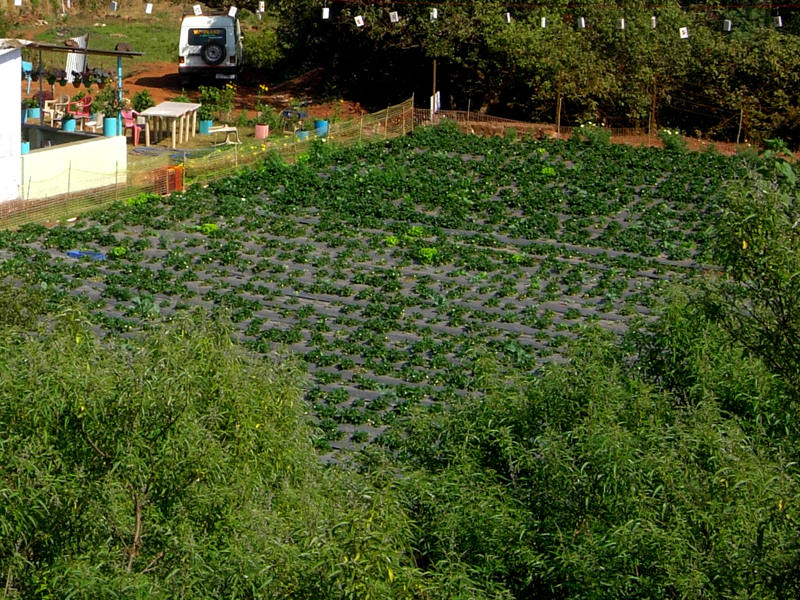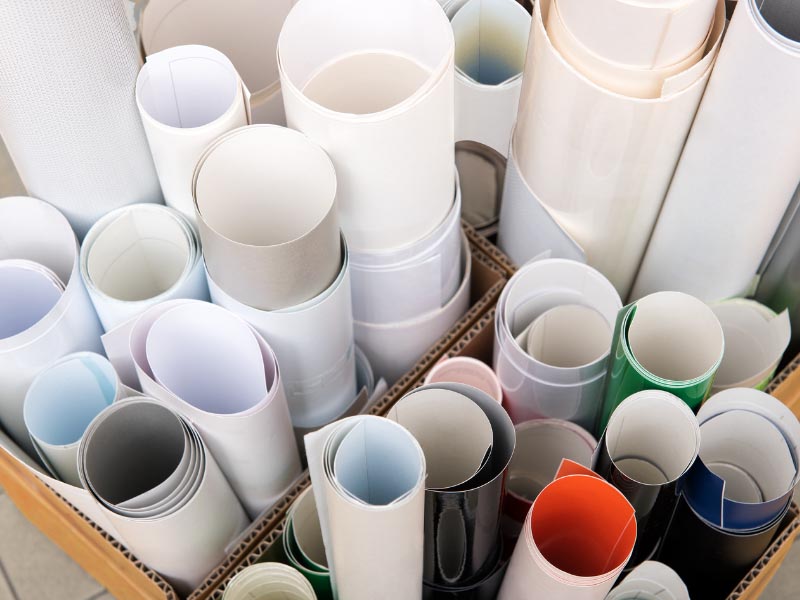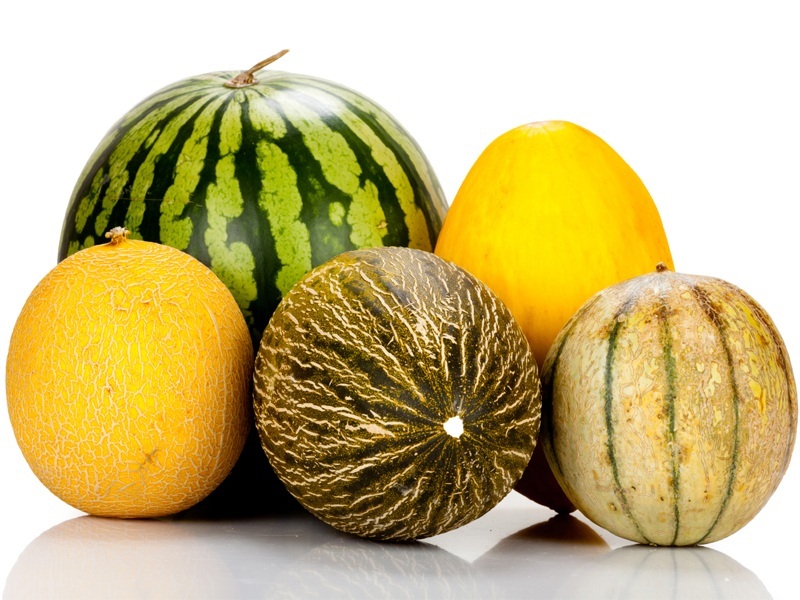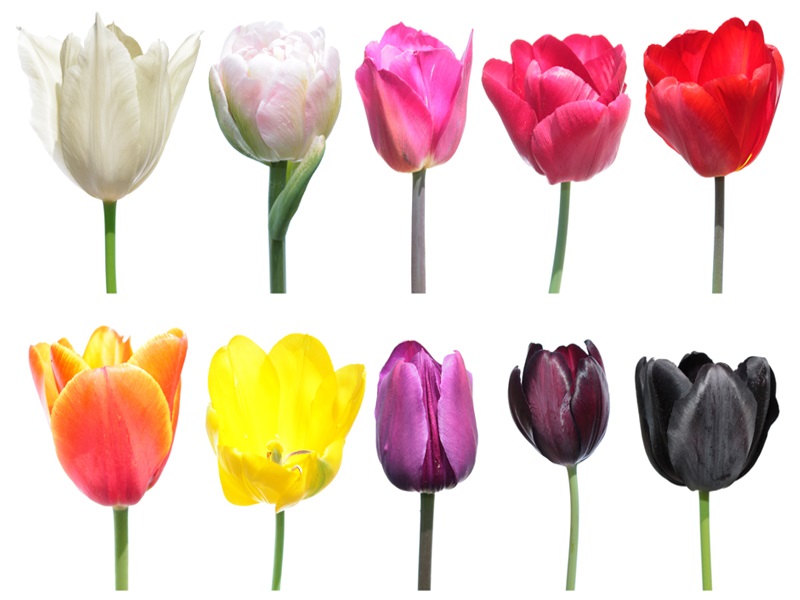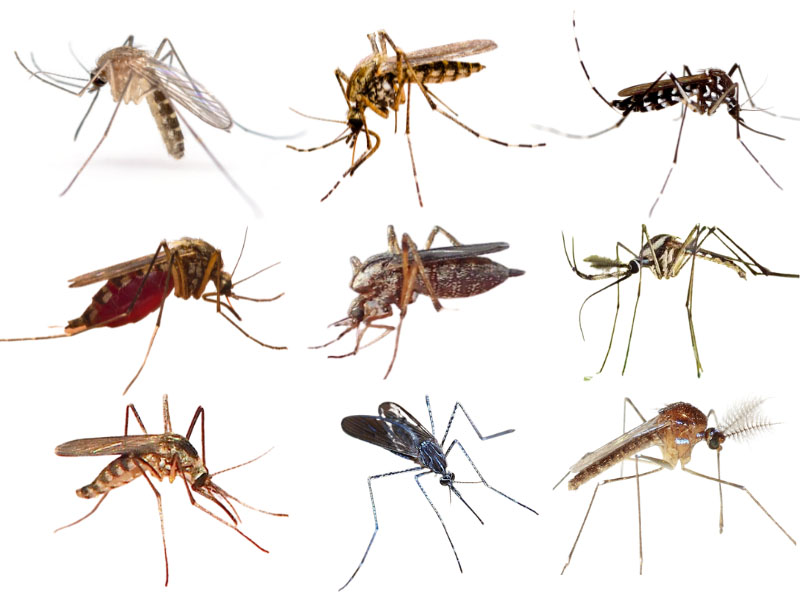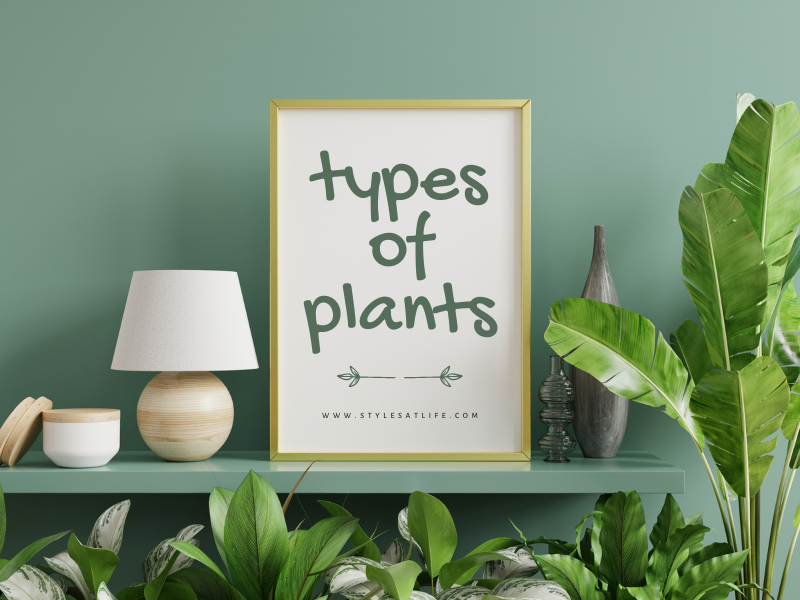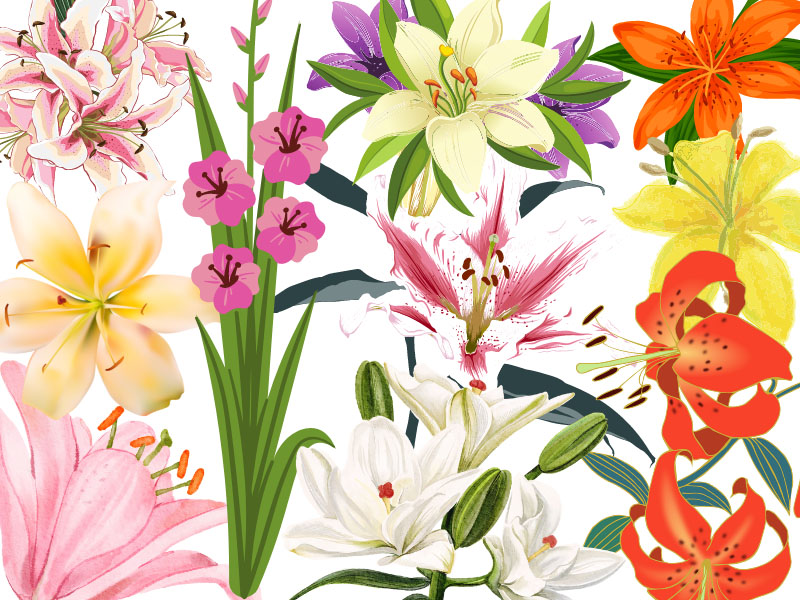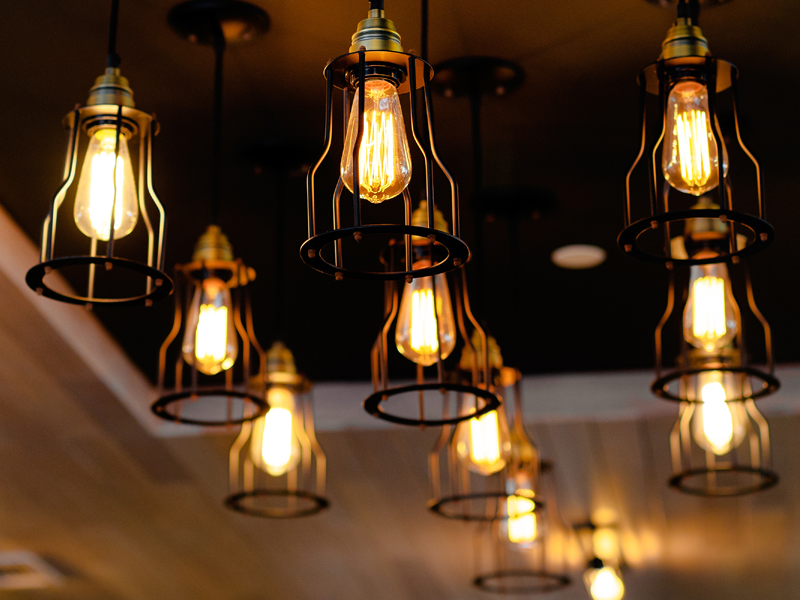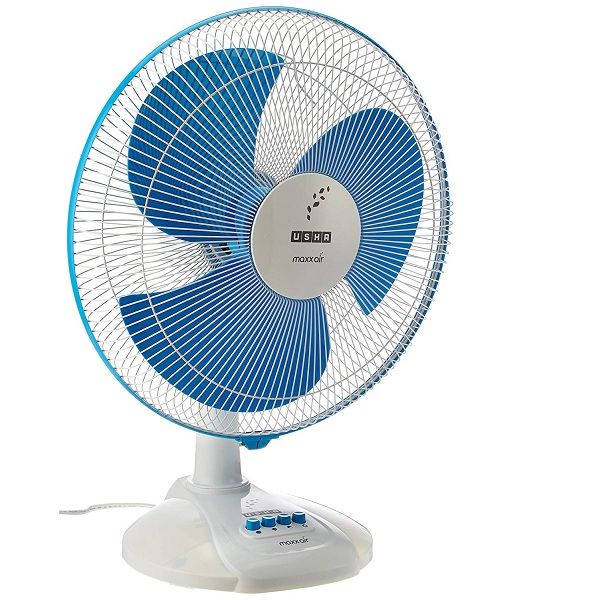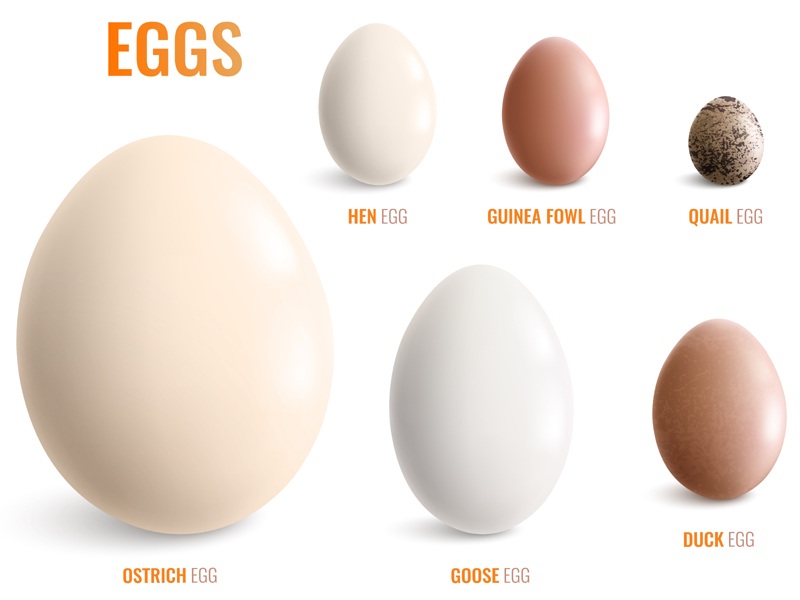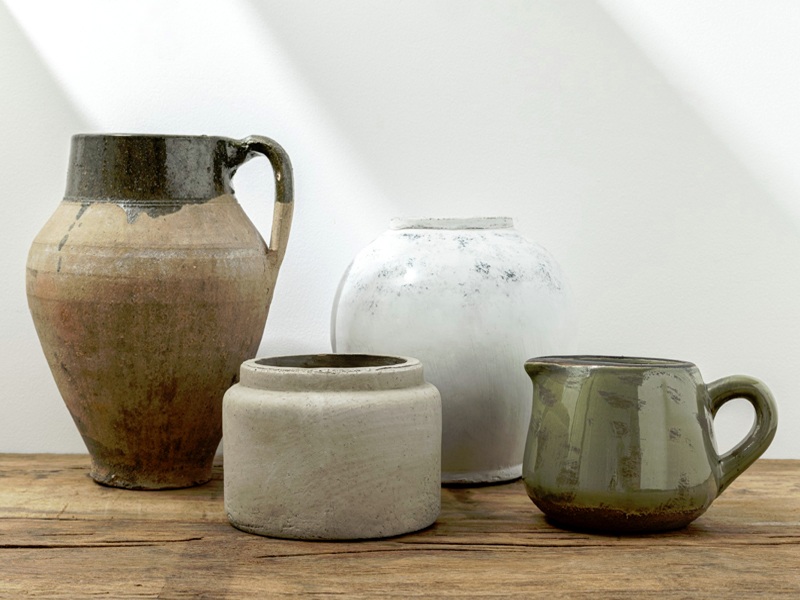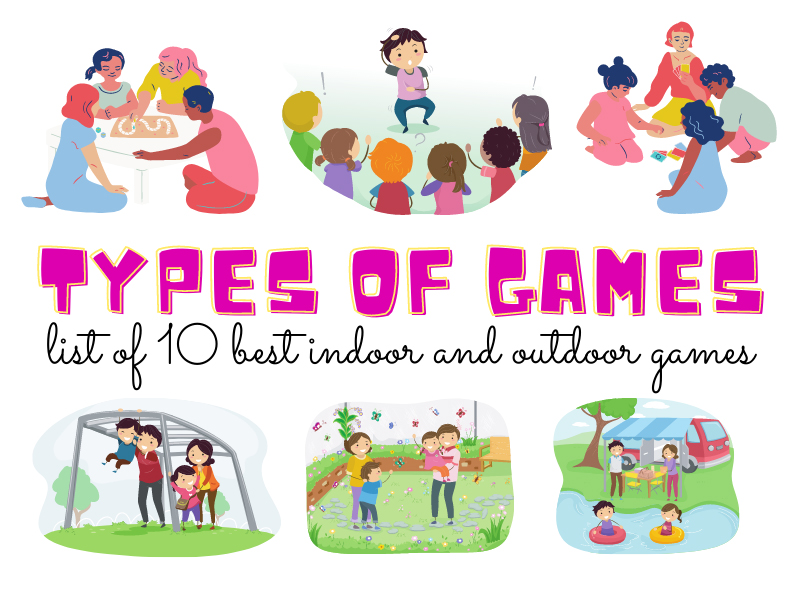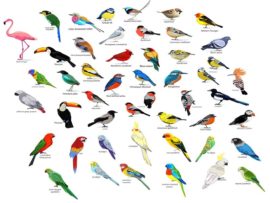Home Gardening, in simple terms, can be called the process of growing plants and taking care of them in your own home for various purposes. It is considered a gratifying hobby, as it reaps benefits both in the form of mental relaxation and provides you with homegrown organic fruits and vegetables.
Gardening can be considered both an art and a science. Arranging the plants harmoniously for an aesthetic look in your backyard or entrance or even inside your home makes it art, and as a science, Gardening is encompassing the principles and techniques of plant cultivation. The basic principle in growing plants is the same everywhere, but the main challenge is taking care of the garden in all types of weather conditions and seasons.
There are many reasons why people practice gardening, be it a child or an adult or an elderly person. The practice of gardening as a child starts with the amusement of how a small seed develops into a plant of his/her height and continues to learn the science behind its development. As an adult, home gardening is the best substitute for your daily stressful work. Gardening provides a much-needed distraction for elderly people and can have therapeutic benefits for them too in the form of exercise and fresh air.
Importance of Home Gardens:
- Today in this busy industrial world, home gardens play a crucial role in terms of climatic conditions. The world today is facing some serious environmental problems like the greenhouse effect, and an increase in the average temperature of the earth’s surface. These home gardens, if practised religiously and with great dedication, helps in maintaining the temperature of our home surroundings.
- A Study says that historically home gardens focused on creating beautiful surroundings, expressing artistic talents with design, and making areas for fun and relaxation.
- In this busy and stressful life, a human being naturally gets de-stressed by the calmness, pleasant environment, fresh air, etc. This is the reason why most people go on vacation to relieve their stress and come back to a healthy life. The same thing can be achieved by making a hobby of Gardening. Home Gardening as a hobby is so beneficial that it can give a human being a pleasant environment with fresh air.
- Gardening chores such as planting, weeding, harvesting, and watering are great physical exercises. It, therefore, becomes a great complement to workout time.
- Home Gardening is a practical activity, as well. We can bring our own organically cultivated vegetables, fruits, flowers, and medicinal herbs to our table.
- Gardening has been proven to relieve stress, depression and reduce loneliness, especially in the elderly.
Read: Things to Consider When Balcony Gardening
History of Gardening:
Gardening in ancient times was done along river beds and forests, by selecting edible varieties of fruits and vegetables and preserving the seeds to cultivate them further. There is some evidence of the first gardens in the paintings found in ancient Egypt where rows of acacias are depicted.
The Hanging Gardens in Babylon, one of the Seven Wonders of the world is also a classic example of ornamental gardens in the olden days. Roman gardens included statues and sculptures along with elaborate flowerbeds. Europeans started growing medicinal herbs. Their gardens were usually set against lakes or rocks as a background and were extremely ornamental. Later on, symmetrical gardens became fashionable, with decors such as fountains and topiaries.
Starting a Garden at Home:
Who doesn’t love the smell or taste of freshly harvested homegrown fruits and veggies? It is most certainly the best relaxing exercise which takes one close to nature. Invest some time in prior research related to the types of plants you want to grow, the varieties suitable to your climate and home space, and, most importantly, the ones that can be maintained well in accordance with your daily routine.
- Decide what you would like to grow. Is it a flower garden or vegetables or herbs or fruits?
- Keep in mind the budget you think you can invest in your home garden. Sometimes the implements and fertilizers can be quite costly, hence plan the garden in accordance with the cost of plants and the maintenance required.
- The location should be chosen in such a way that you have sunshine for the garden for at least 6-8 hours per day.
- The next thing is planning your garden beds. Usually, plan for flatbeds rather than sloping beds as it helps in efficient watering and prevents soil runoff.
- Next comes the essential requirement for Gardening, i.e., the soil. Test your soil. Make sure that the soil is capable enough to grow plants. It should neither be too dry, nor you will have to invest more time in watering it, nor too moist as certain types of plants do not grow in marshy soil.
- The more fertile and friable the soil, the better your flowers will grow. The soil at home is usually infertile and of poor quality, as it sits for an extended period of time without any addition of nutrients to it. Make sure you keep adding fertilizer and organic manure to it, to ensure adequate nourishment of your plants. If possible, invest in new fertile soil which can be purchased from nurseries and keep changing the topsoil in your home garden every now and then.
- Working the ground is very important because it allows roots to penetrate the soil deeply to access water and nutrients more efficiently. Digging should be done when the soil is neither too moist nor too dry. Use a sharp spade to gently turn the top 8 to 12 inches of soil, mixing in organic matter or manure at the same time to nourish it.
- Pick your plants very carefully according to the amount of sunlight your home allows. The amount of shade, the method of watering you planning to do, and the climactic conditions of your surroundings matter too. You can visit your local nursery and ask an expert to help you or browse the internet to research and pick your favourites!!
- A more straightforward method of starting your garden is to buy young plants, called transplants. They are young plants previously grown in nurseries that can be transplanted directly into the soil in your home. Remove the purchased plant very carefully and put it into the dug place in your backyard. Pat the soil into place around the roots, and then soak the soil with water properly.
- Seedlings need water regularly in the initial stages, and should not be allowed to dry out. Prepare a regular schedule to water your plants. Water more frequently in sunny conditions than in the rainy season. Some plants need more frequent watering than others, so make sure to do your research in advance. Make sure to water slowly so that the soil can thoroughly soak up the water and prevent soil runoff. You can experiment with different types of irrigation methods for your plants, too, if you planning to go long-term with your gardening hobby.
- Cover your garden with a layer of mulch, which helps to keep the moisture locked in and also effectively protects the soil from weeds overgrowth. Preferably use compost as it nourishes the soil too. This will also decrease the number of times you have to water your plants if you have a busy schedule.
- Now that your garden is beginning to grow, help it reach its full potential by keeping up with small garden chores. Water the plants. Pull the weeds before they get big. Get rid of dying and diseased vegetation. Make sure you effectively get rid of pests and insects by hosing them off or spraying on insecticide support on tall plants with a stick or a rope tied to a support. Keep your plants well nourished with organic fertilizers.
Different Types of Home Gardens:
Now that you know the history and the importance of home gardening, you might be pondering about the space in your home and the type of garden suitable for it. A wide variety of gardens and plants can be customized to your backyard and the environment that you live in. Here we have listed some of the types of home gardens.
1. Vegetable/Kitchen Gardens:
The most common type of garden that people search for is the vegetable or kitchen garden. Vegetable gardens are a lot of fun to maintain, and you will literally be able to enjoy the fruits of your labour. With the prices of vegetables rocketing day by day, this is also a pocket-friendly measure to reduce your monthly expenses.
- Place suitable: A vegetable garden can be grown in spaces ranging from a small balcony to a huge backyard. The versatility of this type of garden is what makes it extremely user-friendly.
- Description and planning: Do extensive research on the types of vegetables or fruits which grow well in your environment. Some vegetables need more space to grow, while leafy greens can be grown in a small pot with very little care. Some of the plants need extensive care, i.e., watering and fertilizers, while others can be left to grow wild. Every vegetable has specific requirements; some of them need to be planted in rows. Each has to be propagated differently, potatoes need to tubers, and mint requires stem cuttings for transplantation. Hence first make a list of the fruits and vegetables suitable for your space and climate and plan accordingly. Try to invest in costly vegetables like broccoli to minimize your monthly budget.
- How to make the garden beautiful: Depending on the space available, you can add colourful hanging pots for the herbs, or add coloured marbles and pebbles here and there to make it look lively.
Read: Beautiful Garden Gate Designs
2. Flower Gardens:
Flower gardens are another widespread type, usually preferred for their aesthetic appeal.
- Place suitable: These are most suited for your front gardens as they can transform your place by adding a riot of colour. However, if there is a space constraint, differently coloured flowers in pots will make your balcony or indoor space livelier.
- Description and planning: Planning a flower garden can be quite tricky and requires extensive research. Make an effort to get to know which flower plants are suitable for your climate, and also the amount of sun and shade in your home. Get to know the different types of annuals and perennials and how to maintain them. Various flowering plants require different amounts of moisture and fertilizers, so plan the closest groups to suit your schedule. Also, keep in mind the spacing needed for each plant for it to flower adequately. However, do not go for the exotic varieties in the beginning, as they require a more deft hand.
- How to make the garden beautiful: You can add your personal touch to the garden by adding small ornamental benches to sit and enjoy the beauty of the flowers. If your front yard is large enough, a fountain and one or two sculptures will add an extra dash of elegance and is sure to win compliments !!
3. Tire gardens:
You can recycle old used tires from your vehicles to create flower beds. This is a simple way to recycle tires in an aesthetic yet straightforward way. Tires can be used to plant herbs, small flowers, and also a few varieties of vegetables that do not root deeply.
- Place suitable: These gardens are mostly ideal for the outdoors, or balconies. They might look a bit messy indoors.
- Description and planning: Bring out the unused tires in your garage and clean them. Fill them with fertile soil and plant flowers or vegetables according to your taste and the climate. Water them regularly. If on your front porch, the tires can be planted with varieties of ornamental flowers to give a dash of colour by using up limited space.
- How to make the garden more beautiful: You can paint the tires in bright colours and also add large pebbles to add decor.
4. Container Gardens:
Container gardens are really convenient for people who don’t have the space to plant big and detailed gardens.
These containers may be anything from small barrels to pots.
- Place suitable: These gardens are very versatile and can be planted anywhere from your front porch to your balcony.
- Description and planning: Choose the right varieties of plants according to the containers you have. For example, vegetables can be planted in troughs and herbs in smaller pots. Bonsai trees, either ornamental or fruits, can be planted in small barrels. Ensure proper drainage of water for the healthy growth of plants.
- How to make the garden more beautiful: You can spruce up the containers by painting them. Also, try pairing different sizes of containers artistically to create an aesthetic look depending on the space you’re planning to.
5. Greenhouse Gardens:
These are most convenient for serious farmers or gardening experts who want to grow their fruits and vegetables irrespective of the season in the year, as it provides a warm interior. However, this is an extremely time-consuming and costly process, hence better left to the experts or the extremely interested ones.
- Place suitable: This type of garden is ideal for large backyards or farms and will make a small place look cramped.
- Description and planning: If you are looking for a greenhouse garden yourself, nowadays, mini-greenhouse areas, customized to your outdoor space are available in the markets. They are less complicated than the larger ones and more flexible and easy to use. So if you want your watermelons throughout the year, you might consider investing in a greenhouse garden.
6. Balcony Gardens:
Do you live in an apartment and have a small balcony? Worry not, as we have a garden idea which can suit your needs exactly !!
- Description and planning: Choose the right type of plants for your balcony according to the sun, wind, and shade in your gallery. In enclosed balconies, the climate conditions may be micro-controlled, restricting your plant choices. Make sure you select the right amount of flowering plants and do not cramp up the balcony with too many plants. You can grow micro-herbs in hanging pots to further save space.
- How to make the garden more beautiful: Plan the layout and design of the balcony with alternating colours of flowers and plants to make the space look brighter. You can add a small sculpture according to your layout and add charm to your balcony.
7. Terrace/Rooftop Gardens:
This type of garden is planned when you do not have space in your home but on the rooftop or the terrace for Gardening. The benefit of terrace gardening is that your garden is exposed to sufficient sunlight and rain.
- Description and planning: First, identify the portion of the terrace you are planning to convert into a garden. Then choose the plants suitable for the outdoors, as they may be exposed to harsh weather conditions and should be able to withstand them. Plant them and preferably have a drip irrigation system in place during sunny weather. The main advantage of the terrace garden is that it will be beneficial during the summer seasons, as it maintains cool temperatures. If you have pets in your house will definitely love these rooftop gardens for fun and frolicking !!
- How to make the garden beautiful: You can customize the colours of the flowering plants according to the background. If your terrace is large, you can add a swing or a small bench, which will serve as a source of great relaxation for you.
8. Wall/Vertical Gardens:
Vertical gardens are the latest trend nowadays. They are becoming selfie points when located in the heart of the city, as the concept is exceptionally unique if executed well.
- Place suitable: This type of garden is suitable for the outdoors, as it needs space in terms of height and is more aesthetically pleasing in an open space.
- Description and planning: Vertical gardens require rigorous planning as it requires maintenance. If you are planning a vertical garden with different planters, plan the types of plants very meticulously, as one plant should not overgrow the other. Tiny shrubs and herbs with small flowers are more suitable for vertical gardens. If the vertical garden is a hedge, select a variety with ornamental leaves and large colourful flowers. Prefer a drip irrigation system to avoid watering hassles.
- How to make the garden beautiful: You can install sculptures on either side of the vertical garden or add a fountain in front of it to increase the aesthetic appeal.
9. Kids Gardens:
This type of garden is also quite in trend nowadays. Kids are being educated in schools about the importance of organic fruits and vegetables and conserving the environment.
- Place suitable: Start with a small garden first. Hence can be grown on your balcony or front porch.
- Description and planning: If you wish to give a boost to your child’s gardening skills and bring them closer to nature, invest in a small garden with vegetables and flowers which are easy to grow. Inculcate a watering routine in your child and explain to them how to take care of the plants in detail. Help them harvest the fruits and flowers and cook for them to spark more interest.
How to make the garden more beautiful: You can make the garden more kid-friendly by adding a swing or colourful toys to it. You can also add a sandpit if the yard is big enough and outdoors.
Are you planning to start your own home garden? If yes, we hope that the garden ideas provided above have helped you in finalizing the type of garden you want to plant in your home. So without further ado, go ahead and experiment with your very own home garden and unleash your creative skills !!


